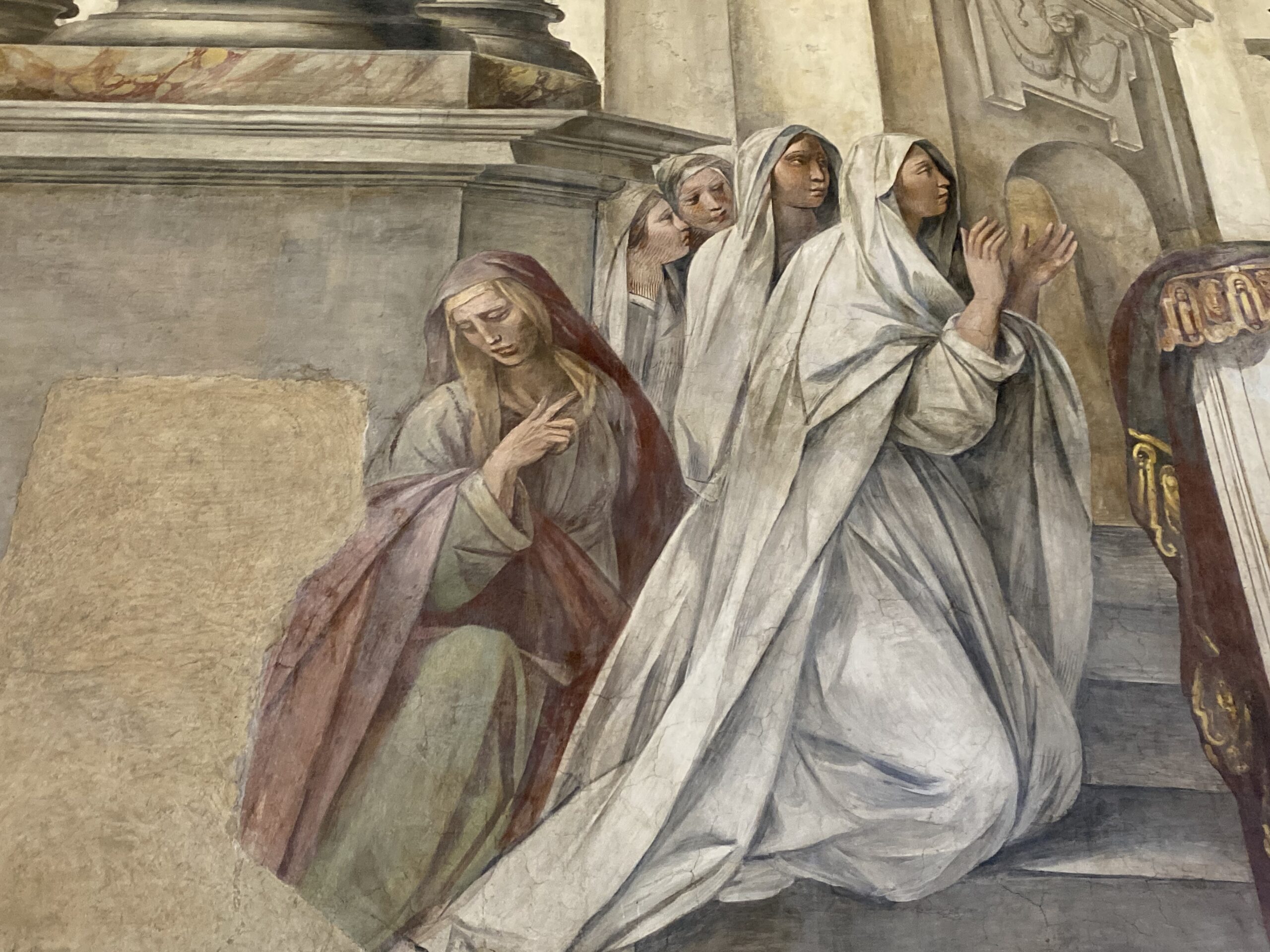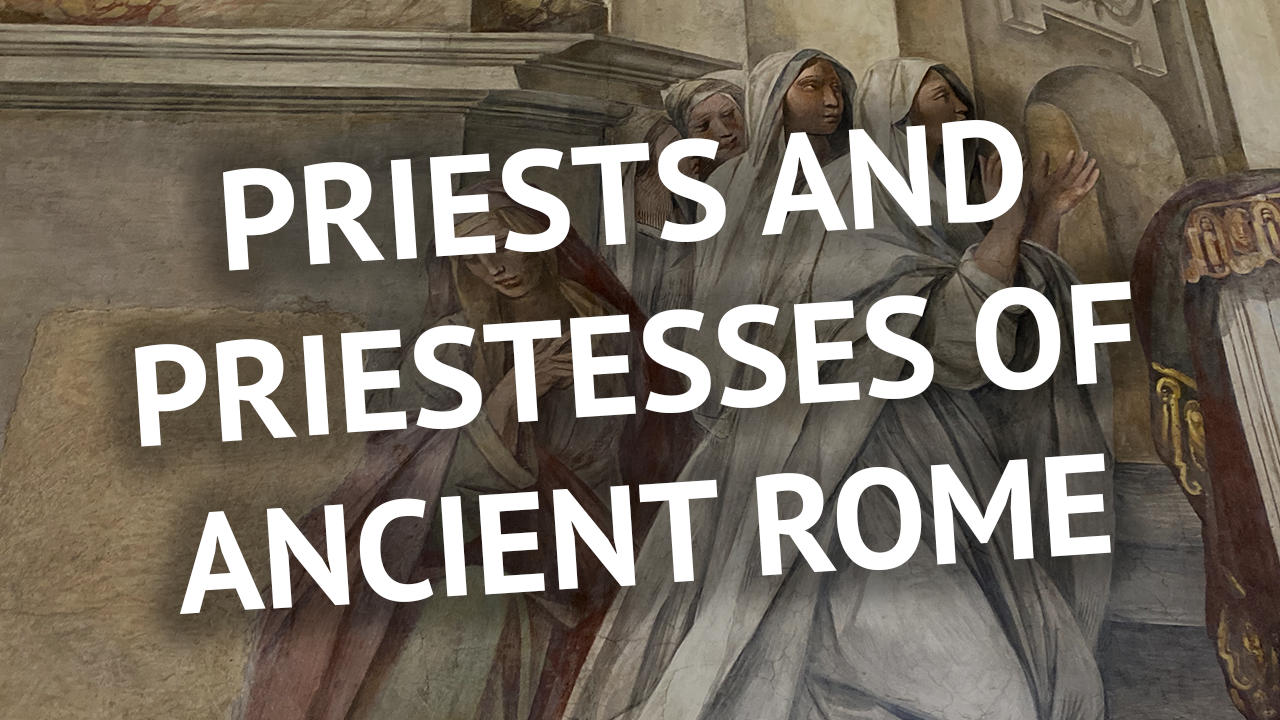Watch the online seminar hosted by Darius Arya here:
The priests and priestesses of ancient Rome held crucial positions in the realm of religious practices and played a significant role in the spiritual aspects of the civilization.
In ancient Rome, individuals who assumed the roles of priests and priestesses came from a variety of backgrounds. Many priests belonged to aristocratic families referred to as the patricians, who held influential positions within Roman society. The priesthood often followed a hereditary pattern, passed down through specific families, thereby reinforcing the connection between the state and religious institutions. Conversely, priestesses were primarily selected from noble families, with the criteria for selection varying based on the particular deity they would serve.
The responsibilities and duties of priests and priestesses in ancient Rome were multifaceted. They engaged in a wide range of rituals, interpreted omens, and offered sacrifices to secure the favor of the gods. The Pontifex Maximus, the highest-ranking priest, held a prominent position overseeing the religious integrity of the Roman state. Other prominent priests, including the Flamines and Augurs, served specific deities and conducted specialized rituals.
The duration of service for priests and priestesses in ancient Rome varied. For example, the Vestal Virgins, a highly respected order of priestesses, dedicated themselves to a thirty-year period of service. Selected between the ages of six and ten from patrician families, the Vestal Virgins underwent a rigorous selection process and committed to a vow of chastity. Their primary responsibility revolved around maintaining the sacred fire of Vesta, the goddess of the hearth, symbolizing the perpetuity, purity, and prosperity of the city.
The performance of religious rituals by priests and priestesses took place at diverse locations throughout ancient Rome. Temples served as central sites for religious activities, where priests and priestesses conducted rituals, offered sacrifices, and established communication with the gods. A notable example is the Temple of Vesta, which housed the Vestal Virgins. Located in the Roman Forum, this temple held immense significance in Roman religious life, representing the hearth of Rome itself.
Altars also played a crucial role in the execution of religious rituals. These altars were often situated in public squares or near temples, serving as focal points for communal worship and religious gatherings. It was at these altars that priests and priestesses offered sacrifices and conducted ceremonies to seek divine favor.
In conclusion, The priests and priestesses of ancient Rome occupied revered positions in society, serving as mediators between the gods and humans. Their responsibilities were vital in the practice of religious ceremonies and ensuring a harmonious connection between the Roman state and the divine realm. As inheritors of their roles and possessing overlapping political influence, these religious figures held significant sway in shaping both the religious and political fabric of ancient Rome.
Sources:
- Scullard, H. H. (1981). Festivals and Ceremonies of the Roman Republic. Cornell University Press.
- Beard, M., North, J., & Price, S. (Eds.). (1998). Religions of Rome: Volume 1, A History. Cambridge University Press.
- Scheid, J. (2003). An Introduction to Roman Religion. Indiana University Press.
This content is brought to you by The American Institute for Roman Culture, a 501(C)3 US Non-Profit Organization.
Please support our mission to aid learning and understanding of ancient Rome through free-to-access content by donating today.
Cite This Page
Cite this page as: Darius Arya, The American Institute for Roman Culture, “Seminar – Who Were Priests and Priestesses of Ancient Rome?” Ancient Rome Live. Last modified 06/01/2020. https://ancientromelive.org/seminar-sacrifice-ritual-in-ancient-rome/
License
Created by The American Institute of Roman Culture, published on 06/01/2020 under the following license: Creative Commons: Attribution-NonCommercial-ShareAlike. This license lets others remix, tweak, and build upon this content non-commercially, as long as they credit the author and license their new creations under the identical terms. Please note that content linked from this page may have different licensing terms.



